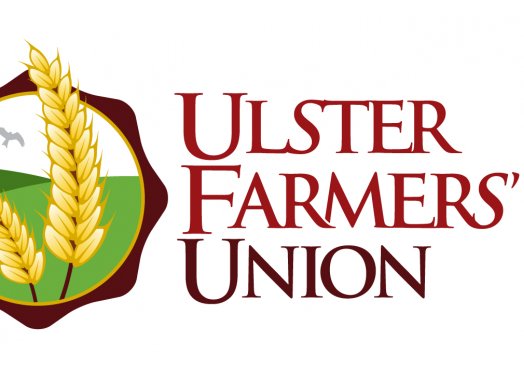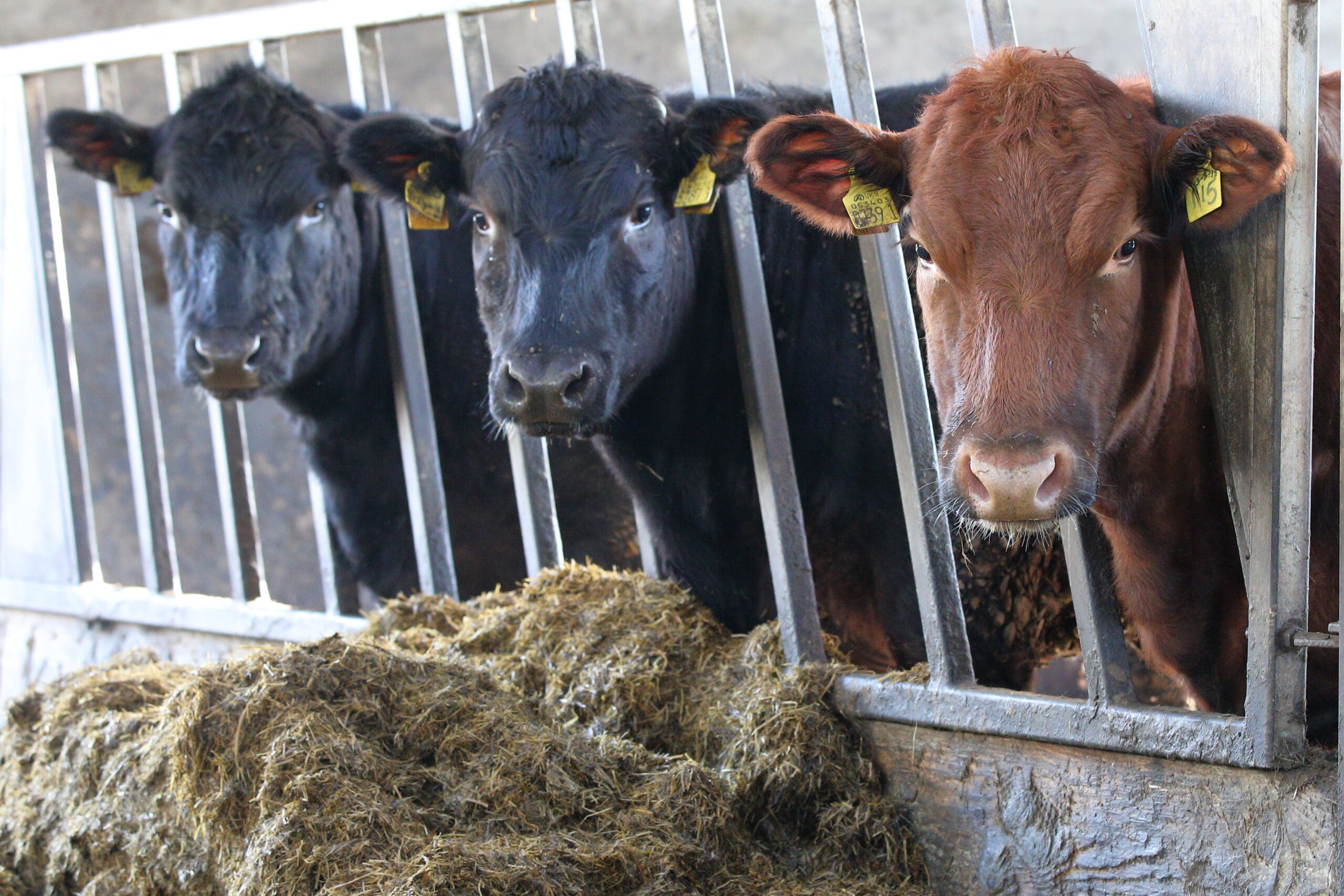
Commodity Watch – Time to think outside of the box – Microgrid and storage solution in SE Down
Ahead of the Renewables event at CAFRE Enniskillen campus on 26 February, Senior Policy Officer Chris Osborne looks at the current situation in relation to small scale renewables in Northern Ireland. Significant barriers remain; 686 single wind turbines (as of 31 December 2013) awaiting planning permission and NIE’s “Heat Map” is showing increasing congestion on the grid. Added to this, uncertainty remains as to the continued incentive framework, with no further detail as yet on the proposed Feed-In Tariff for small scale generation in Northern Ireland.
On 10 February, I attended the launch of Lecale DSU at Ardglass Golf Club. Lecale are proposing to development a micro grid and storage solution for the area. The idea being that they will be largely independent, generating and storing their own energy and utilising the surplus for their own use or even selling it to local community. This is a joint initiative involving the Down District Farmers for Renewable Energy (DDFFREE), South West College, East Down Rural Community Network, Invest NI, local residents groups and the UFU.
Grid capacity problems on the distribution network have been attributed to problems associated with “load control” yet experts believe that this can be achieved through Storage and/or heat transformation. Storage up until now has been the “holy grail” for small scale renewables, however up until now the electricity has been generated when it was not needed and there has been no way to store it.
The former airfield at Bishopscourt has been identified as the preferred location for a “centre of excellence” base for the micro-grid serving the energy and heat requirements of 300 homes in nearby Ballyhoran. The project will incorporate a broad mix of renewable technology; small scale wind, Solar PV, on-farm AD and the Seagen tidal test site at Portaferry.
Storage will initially be in the form of 2nd life traction battery charging (from Electric cars). Longer term, the storage solution will be met by ICAES (Isothermal Compressed Air Energy Storage) which will be central to a Northern Ireland Energy Storage Demonstration Park located in the local area. This will be the first of its kind outside USA. As well as being stored, excess wind can be put to other uses such as Ammonia Production. An Ammonia production plant is proposed for Ardglass. Ammonia can be used to power tractors, fishing trawlers and in charging Electric Vehicles. However, this project will take it to another level. Excess wind can be converted to hydrogen, via electrolysis, reacted with scrubbed nitrogen to produce ammonia. It will be then be liquefied for storage and burnt in gen-sets which will be operating a “peak-topping” service between 4 and 8pm daily.
Curtailment of renewable energy has been presented by some as a means of getting more small scale generation capacity on to an already stretching grid. However, storage such as this will provide load and therefore avoid the need for curtailment. The System Marginal Price is very low during curtailment. Yet storage helps maximise the opportunity for arbitrage to the benefit of generator and customer alike. This will need to be packed up by Regulatory backing with specific consideration being paid to Competition Law.
Increasing the export capacity is likely to require expensive grid re-enforcement, yet the Lecale proposal allows existing grid to be used and avoid the significant cost to the industry and wider consumer. Going forward, there is much work to be done (including interaction with the Utility Regulator and NIE) but if this “intelligent” solution does get off the ground it could be rolled out to other areas in NI and ease the grid connection problems, with the roll out of reactive power management as described above with the future possibility of voltage regulation (something not currently available).




